A daring snake-catcher has made what he described as a once-in-a-lifetime capture after being called to help with the loose serpent at a local university.
Staff called on seasoned snake-catcher Jeremy De Haan to confront a huge snake spotted at James Cook University’s Townsville campus in Queensland, Australia. “This snake was my largest Coastal Taipan to date and, at this size, regarded as a once-in-a-lifetime catch for any snake-catcher,” De Haan told Newsweek.
The snake itself was a Coastal Taipan, one of the most deadly snakes in the world, with a venom that contains a mix of toxins to incapacitate quickly the nervous system of its prey.
Equipped with proper personal protective equipment (PPE), including long pants and steel-capped boots, De Haan embarked on a mission to secure the massive serpent safely. The snake, some 8 feet long, posed a significant threat, requiring meticulous planning and execution.
“I knew the species I was about to catch, so I ensured I left the house wearing adequate PPE, including long pants and steel-capped boots,” said De Haan. “For the physical catch of the snake, I ensured a calculated first tail-grab and made sure I had the snake at full arm’s reach the second I grabbed it. I bagged the snake immediately without any hesitation or unnecessary handling.”
The highly venomous snake is native to the coastal regions of northern and eastern Australia and the island of New Guinea. It is mostly active in the early- to mid-morning period and is found in a wide range of habitats from monsoon forests to hollow logs.
Coastal Taipan venom is rated as the third-most toxic of all snake venoms in the world, but the chances of a person being bitten and killed are still low.

A study from 2000 to 2016 reported 35 deaths, 2.2 per year, as a result of a snake bite, with 16 cases attributed to snake bites leading directly to death.
The onset of symptoms after a Coastal Taipan bite can be rapid, and anyone who is suspected of receiving such a wound should seek medical attention immediately.
Venom from the deadly snakes causes neurotoxic effects including pain, swelling, nausea, vomiting, fainting and breathing difficulties. Simultaneously, the venom affects the blood’s ability to clot, leading to internal bleeding and organ damage.
Although very rare, Taipan bites are nearly always fatal as the venom is strong enough to kill 100 adult humans.
“I had another experienced handler with me for safety reasons, and chose an open area to safely handle the snake for a few quick photos,” De Vaan said. “This snake was then released to nearby bushland away from the university campus but also away from any houses, public buildings or built-up public-access areas.”
What you can do
Help to save wildlife by donating as little as $1 – It only takes a minute.
This article by Alice Gibbs was first published by Newsweek on 13 November 2023. Lead Image: Australian snake-catcher Jeremy De Haan, left; and a close-up of the deadly Coastal Taipin, right. He told Newsweek that the serpent was a once-in-a-lifetime catch. JEREMY DE HAAN.
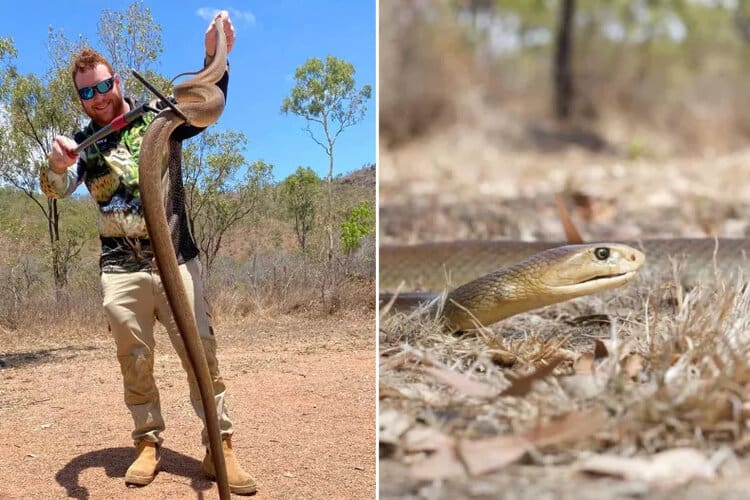
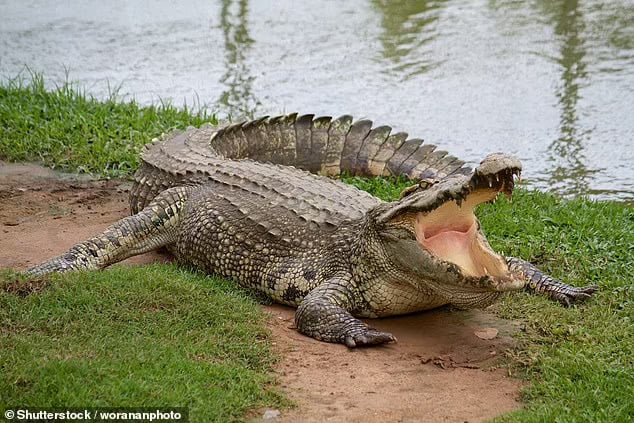
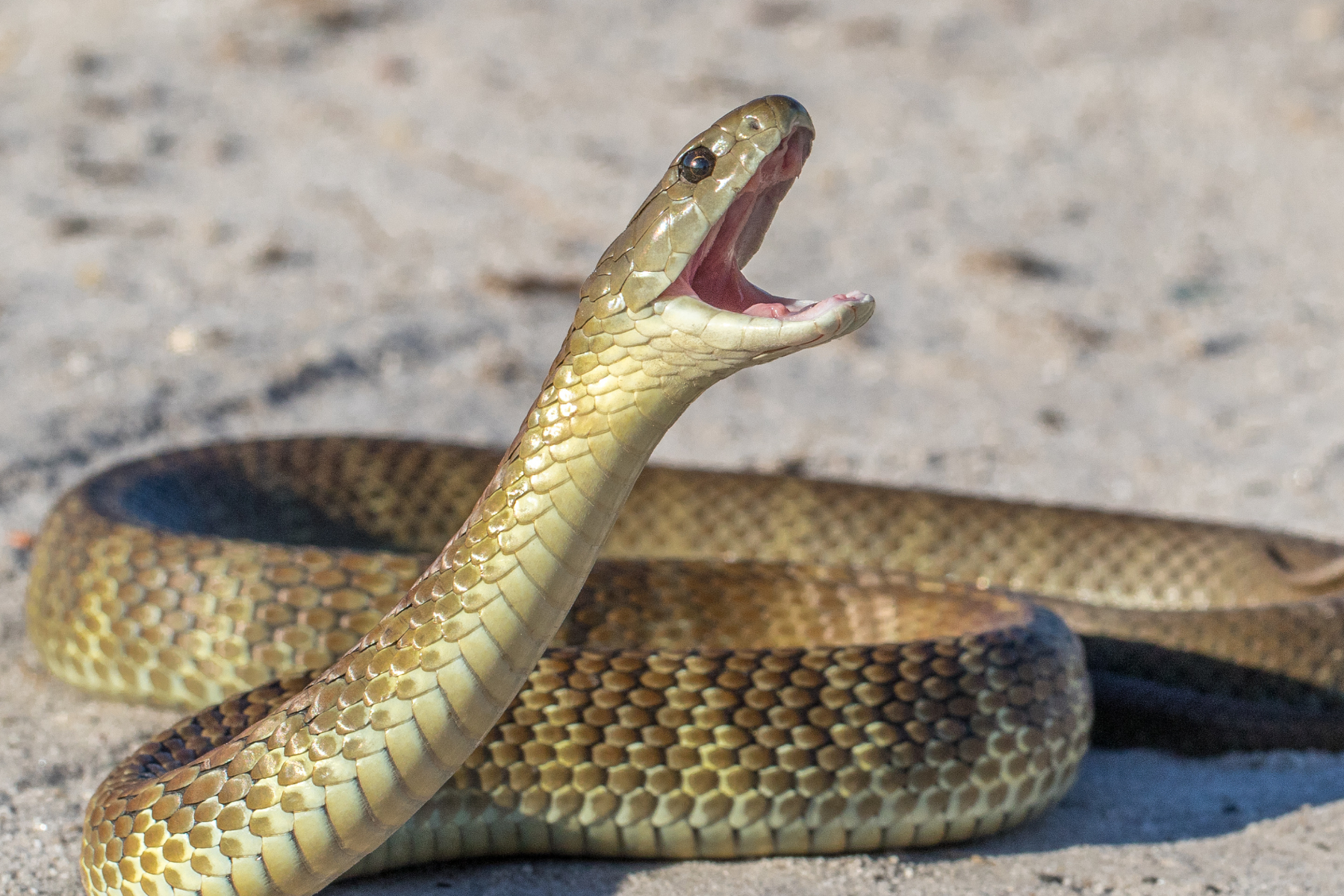

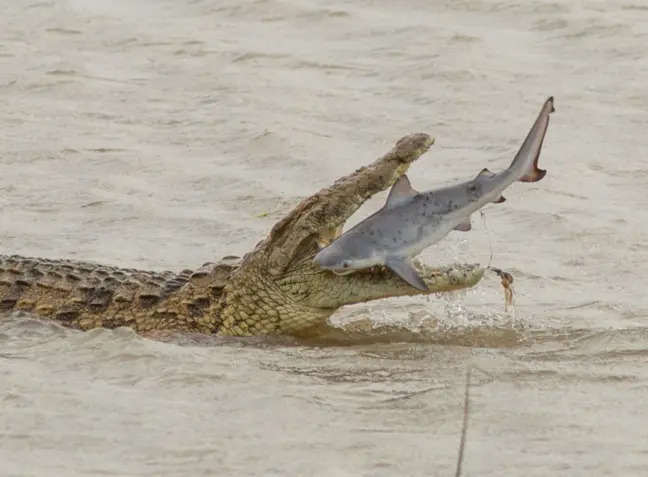
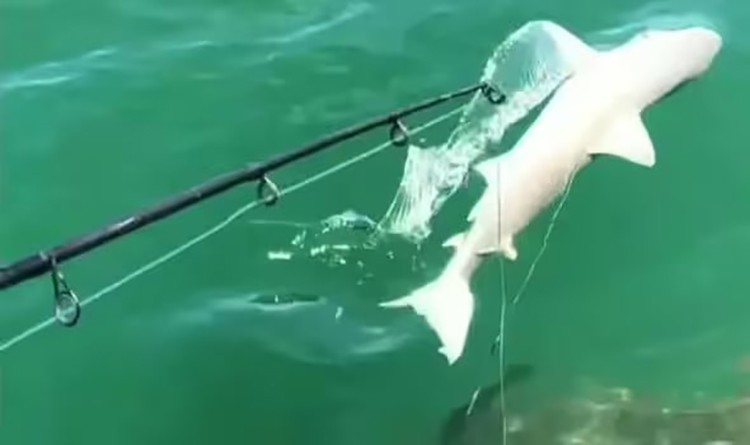

Leave a Reply